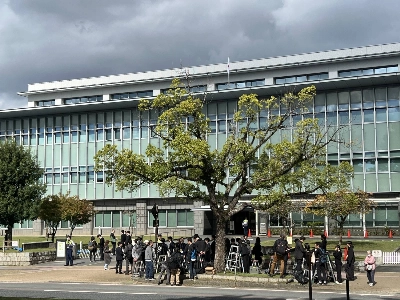Total dioxin emissions in Japan in 1998 were reduced to less than half of 1997 levels, but they were still far larger than in other developed countries, the Environment Agency said Friday.
Japan emitted 2.9 kg of the toxic substance last year, far less than the 6.3 to 6.4 kg released the previous year, the agency said.
But the 1998 figure was still nine times that of Germany and six times that of the Netherlands, according to the latest information available, it added.

















With your current subscription plan you can comment on stories. However, before writing your first comment, please create a display name in the Profile section of your subscriber account page.